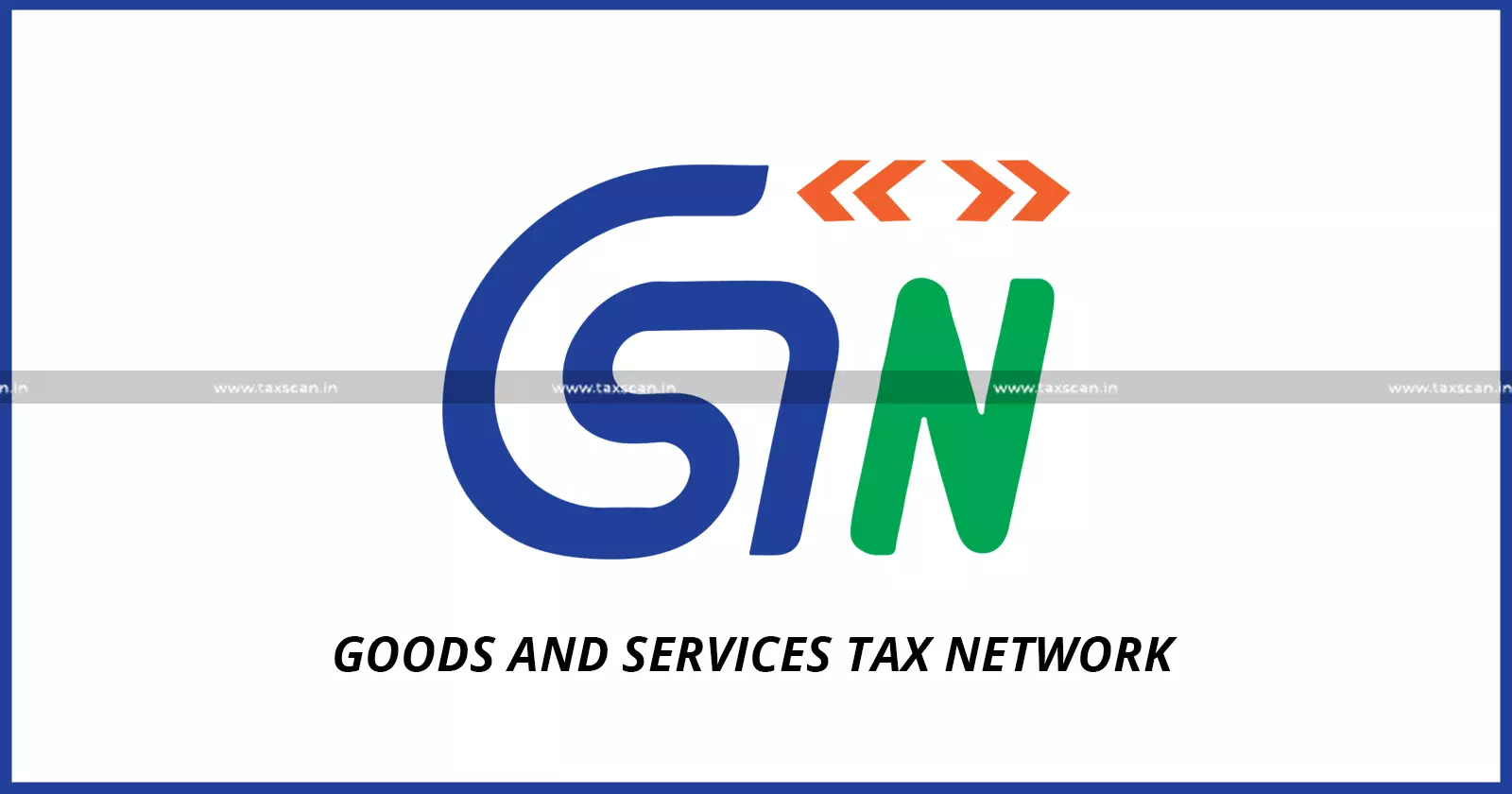GSTN Introduces “Pending” Option for Credit Notes and ITC Reversal Declaration in Invoice Management System (IMS)
The changes are Effective from October 2025 Tax Period

In a significant move aimed at simplifying input tax credit (ITC) management and reducing disputes between suppliers and recipients, the Goods and Services Tax Network (GSTN) has rolled out new enhancements in the Invoice Management System (IMS). The new functionality allows taxpayers to mark credit notes and related records as “Pending” for one tax period and also declare the amount of ITC to be reversed, offering greater control and flexibility in reconciliation.
According to GSTN, this update effective from the October 2025 tax period addresses one of the long-standing difficulties faced by taxpayers in dealing with mismatched or disputed records in GSTR-2B and GSTR-3B filings. Earlier, taxpayers could only accept or reject supplier documents. Now, they can temporarily mark certain records as pending for one return period, helping them resolve discrepancies without immediate reversal or acceptance.
As per the FAQs released by GSTN, the new Pending option has been extended to: (a) Credit Notes and their upward amendments, (b) Downward amendments of Credit Notes where the original note was rejected, (c) Downward amendments of invoices or debit notes where the original was already accepted and GSTR-3B filed, and (d) ECO-document downward amendments under similar conditions.
Taxpayers filing monthly returns can keep such documents pending for one month, while quarterly filers under the QRMP scheme can hold them for one quarter. Once the permitted period lapses, the system automatically disables the pending status, treating unacted records as deemed accepted.
A major improvement comes with the ITC reversal declaration feature. Earlier, the system automatically reversed the entire ITC amount when a credit note was accepted even if the taxpayer had not availed or had already reversed part of the credit. With this enhancement, taxpayers can now specify whether ITC reversal is required and, if so, whether it is full or partial. The portal will then populate GSTR-2B and GSTR-3B accordingly.
Additionally, recipients can now record remarks when marking any document as “Reject” or “Pending.” Remarks are mandatory in cases of partial or no reversal, ensuring transparency in audit trails.
The introduction of these options is expected to minimize reconciliation errors and disputes during assessments. GSTN emphasized that the new features are prospective and applicable for documents reported in GSTR-1 from the October 2025 period onwards.
These refinements, according to GSTN, represent another step toward a more interactive and dispute-resistant IMS framework, improving taxpayer experience and accuracy in ITC reporting.
Support our journalism by subscribing to Taxscan premium. Follow us on Telegram for quick updates


